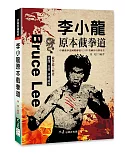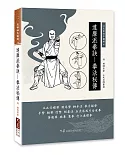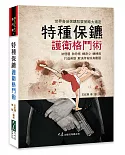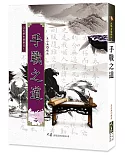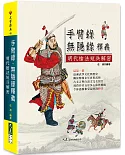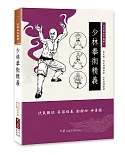作者簡介
Fen SUN
Fen Sun is a PhD. student at East China Normal University of Shanghai. Fen Sun’s major is Chinese philosophy and her research direction is Chinese philosophy and religion. She has published
some articles on this topic. Fen Sun previously worked as a teaching assistant at City University of Hong Kong.
Patrick TK LEUNG
Sifu Leung Ting Kwok (Patrick) is the founder, chairman and principal instructor of Soft Wing Chun Academy (Hong Kong), and the vice chairman of World Wing Chun Union, the Hong Kong Wing Chun
Union and Ving Tsun Development Council.
He was one of the first people to become a Wing Chun Senior Instructor and is a Qualified Referee certificate holder of Ving Tsun Athletic Association, which was founded by Grand Master Ip
Man.
After forty years of training, Grand Master Ip Chun awarded him a certificate to teach for Ip Chun worldwide. He is a seventh Duan holder, Examiner, and Instructor of National Wu Shu Duan
Wei, China. He has been teaching Wing Chun for over thirty years in renowned organisations.
Sifu has also appeared at seminars around the world and been interviewed by Philippine, Spanish and British publications.
Roy VELLAISAMY
Roy Vellaisamy is a scientist of molecular electronics, molecular self-assembly, photonics, nano-materials science, bio-electronics, renewable energy (solar and fuel cells) and printed
electronics. He started his research on light-emitting materials during his PhD at Nagpur University, India and moved to explore the growth of various organic molecules for light emitting
transistors (LET) in the ISMN, Council for National Research, Bologna. In 2004, he joined the Department of Chemistry at The University of Hong Kong and he focused on various molecular
materials for electronic device applications.
Currently he is with the Department of Physics and Materials Science, City University of Hong Kong leading a group of physicists, chemists and engineers for the fabrication of functional
self-assembly materials to devices and integration of such devices for printed electronics and energy harvesting devices.
He is also an accomplished Kung Fu practitioner and teaches the GE course “Science in Chinese Kung Fu” in City University of Hong Kong.





